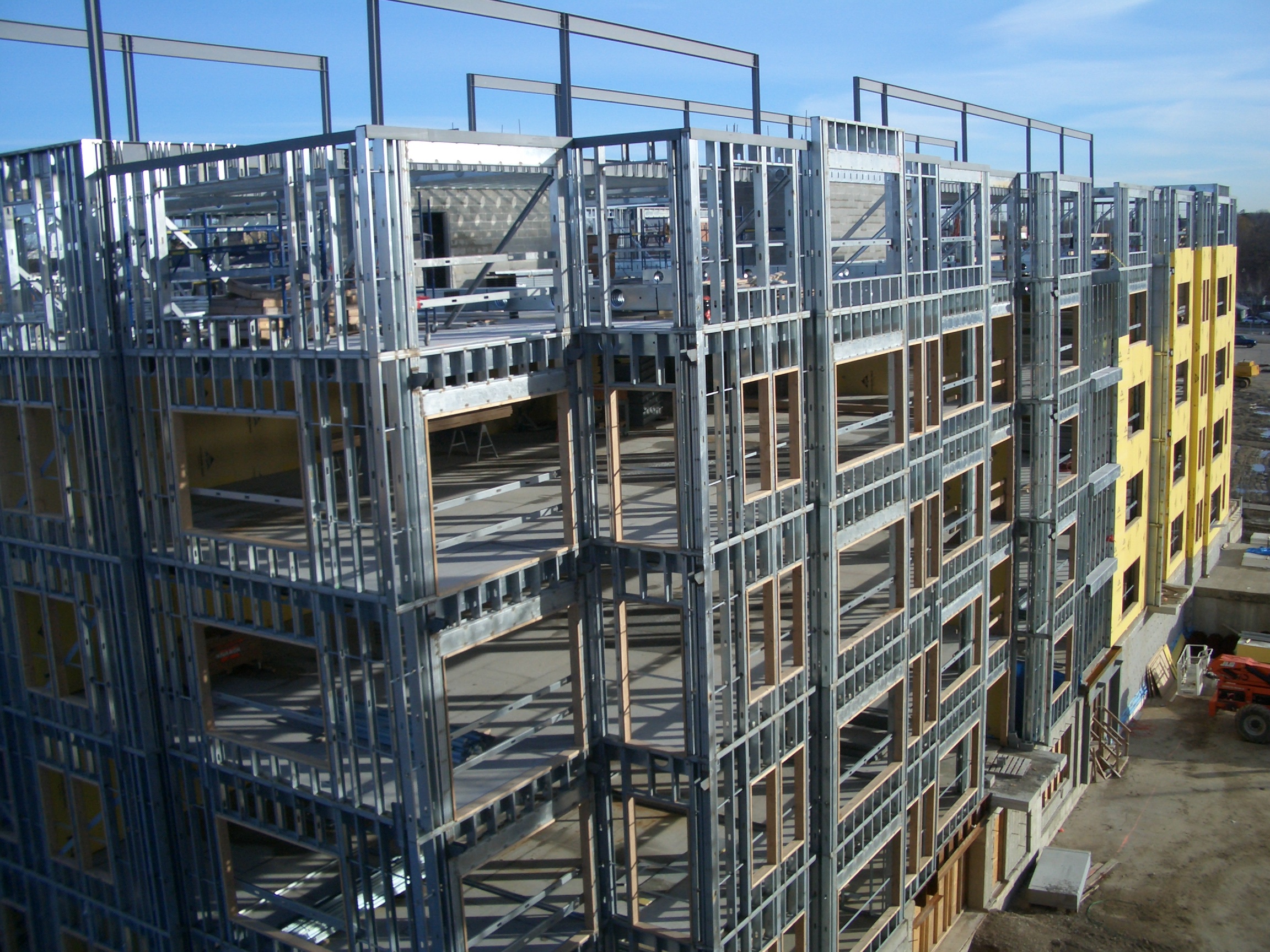Building a Durable Cold Frame: Long-lasting Construction

Building a Durable Cold Frame: Long-lasting Construction
A cold frame is an essential tool for any gardener, providing a sheltered environment to extend the growing season and nurture seedlings. To maximize its longevity and performance, constructing a durable cold frame is paramount. This article will delve into the intricacies of building a cold frame that can withstand the rigors of weather and time, ensuring its effectiveness for years to come.
Material Selection: The Foundation of Durability
The choice of materials is crucial for a cold frame's durability. Here's a breakdown of commonly used options, highlighting their strengths and weaknesses:
Wood: The Classic Choice
Wood, particularly pressure-treated lumber, is a traditional and readily available material for cold frame construction. Its natural aesthetic blends well with most gardens. However, its durability depends heavily on the type of wood and the treatment it receives.
- Pros:
- Versatile for shaping and customization.
- Relatively inexpensive.
- Natural insulation properties.
- Cons:
- Susceptible to rot, insect infestation, and warping if not properly treated.
- Requires regular maintenance to preserve its lifespan.
Metal: Robust and Long-lasting
Metal, such as galvanized steel or aluminum, offers exceptional durability and resistance to the elements. It requires minimal maintenance and can withstand harsher weather conditions.
- Pros:
- Highly resistant to rot, insect damage, and warping.
- Low maintenance requirements.
- Strong and durable.
- Cons:
- Can be more expensive than wood.
- Metal can become very hot in direct sunlight, potentially harming plants.
Plastic: A Budget-Friendly Option
Plastic, particularly polycarbonate or acrylic, is a lightweight and cost-effective option for cold frame construction. Its transparency allows for ample sunlight penetration, making it ideal for growing seedlings and tender plants.
- Pros:
- Lightweight and easy to assemble.
- Relatively inexpensive.
- Offers excellent light transmission.
- Cons:
- Can be susceptible to cracking or damage from harsh weather.
- May not be as durable as wood or metal in the long run.
Construction Techniques for Durability
Once you've selected the materials, the construction techniques you employ directly impact the cold frame's durability.
Foundation and Support: The Cornerstone of Strength
A sturdy foundation is essential to prevent the cold frame from shifting or tilting. Consider these options:
- Concrete Blocks: Provide a stable and durable base.
- Concrete Slab: Offers a solid and permanent foundation.
- Wooden Frame: Can be built on a level surface or anchored with stakes.
- Metal Legs: Offer stability and adjustability.
The frame itself should be constructed with strong, durable materials and joinery. Corner joints can be strengthened with metal brackets or screws. Use weatherproof screws or bolts to ensure long-lasting connections.
Glazing and Insulation: Protecting the Microclimate
The glazing material (the transparent cover) plays a crucial role in trapping heat and creating a favorable microclimate.
- Double Glazing: Provides superior insulation and temperature regulation, reducing condensation and frost.
- Insulation: Adding insulation to the walls and roof can enhance the cold frame's effectiveness in colder climates. This could include fiberglass batts, foam board, or even recycled materials like newspapers.
- Ventilation: Include ventilation options like adjustable vents or sliding windows to regulate temperature and prevent excess humidity. Proper ventilation is essential for preventing fungal diseases and promoting healthy plant growth.
Maintenance for Longevity
Proper maintenance is key to extending the lifespan of any cold frame. Here are some essential maintenance tasks:
- Cleaning: Regularly clean the glazing material to prevent dust and debris from obstructing sunlight.
- Repairing: Promptly address any cracks, leaks, or damage to the frame, glazing, or insulation.
- Painting: Periodically repaint wooden frames to protect them from the elements and prevent rot. Use a weatherproof paint specifically designed for outdoor use.
- Seasonal Storage: In regions with harsh winters, it may be advisable to disassemble the cold frame and store it indoors to prevent damage from snow or freezing temperatures.
Conclusion: A Long-lasting Garden Companion
A well-constructed cold frame can serve as a valuable asset to any gardener, extending the growing season and enhancing plant production. By carefully selecting durable materials, employing sound construction techniques, and practicing regular maintenance, you can ensure your cold frame remains a reliable and efficient gardening tool for years to come. Remember, a durable cold frame is an investment in your gardening success, allowing you to enjoy the fruits (and vegetables) of your labor for seasons to come.

Comments
Post a Comment